Re: modified merlin heads
Excellent question. The current props are over super-critical already, so their np is pretty much flat lined at .65 to .70 Stuffing more power into them would convert to thrust at that efficiency up to about 550 or 600 mph. So speed would go with ~.65 x the cube root of the power gain. Shifting to supercritical blades would up the efficiency by 10 to 25% and extend the efficiency curve fall-off to over 600 mph at Reno conditions.
Originally posted by MRE
View Post





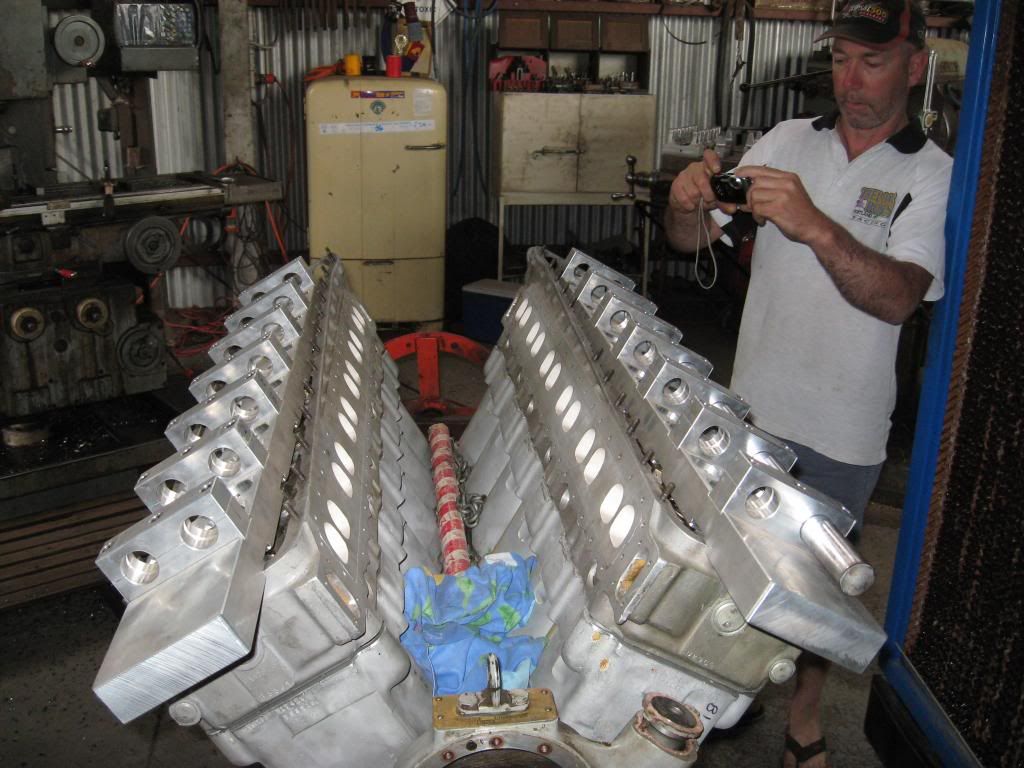

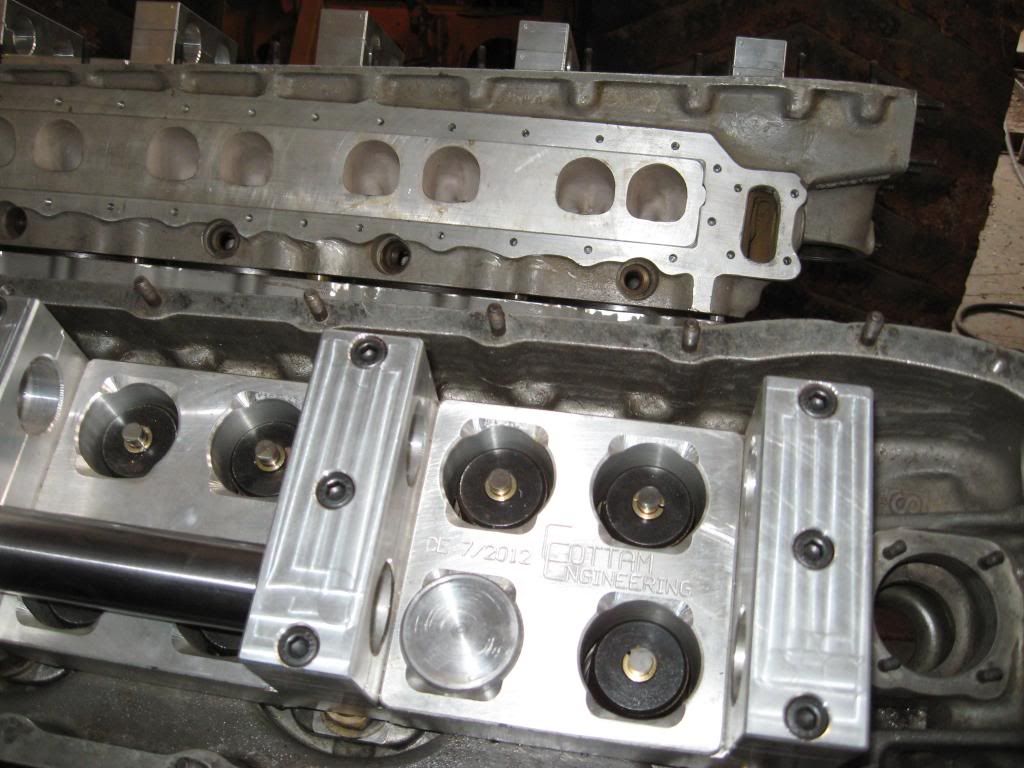
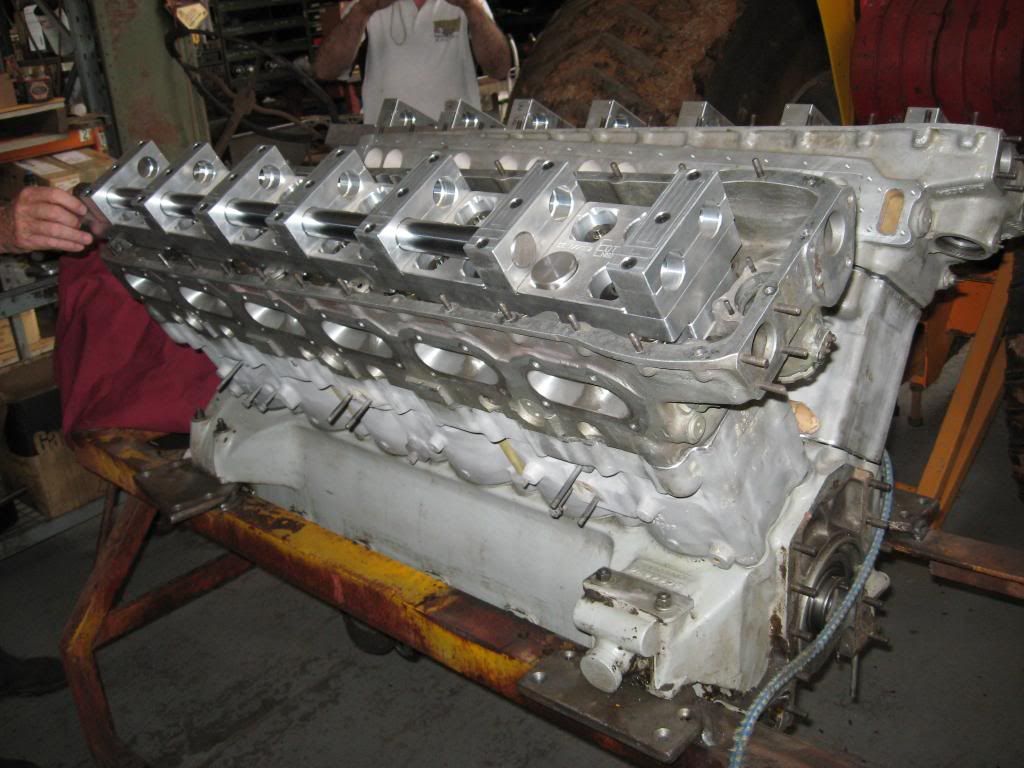
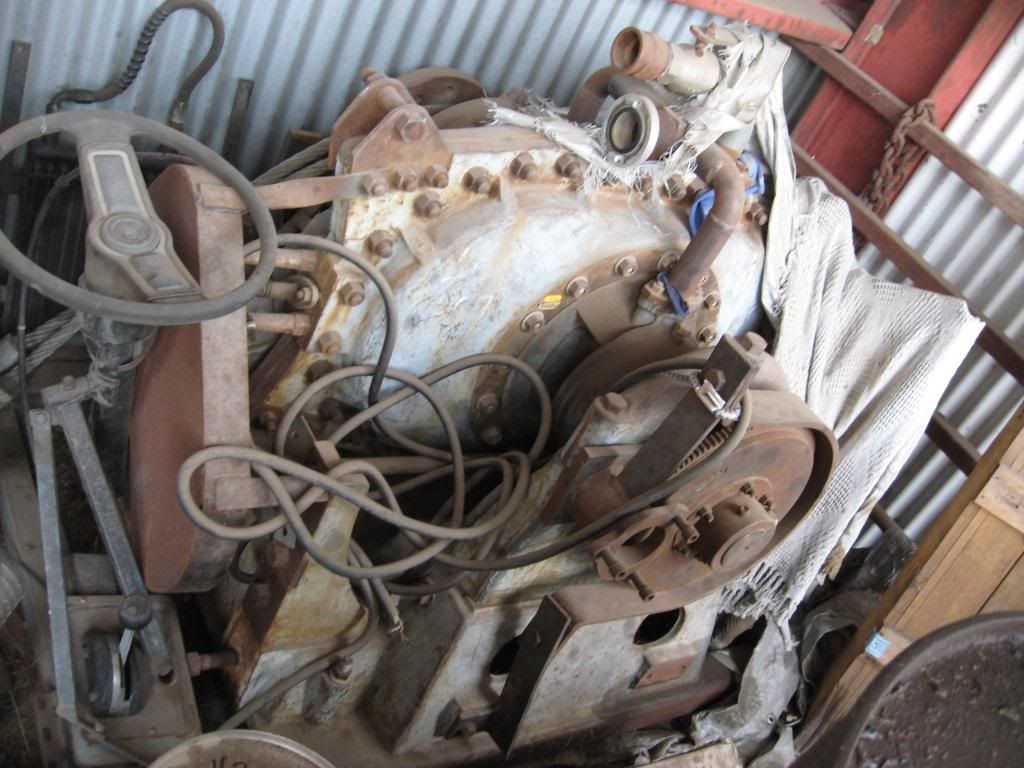
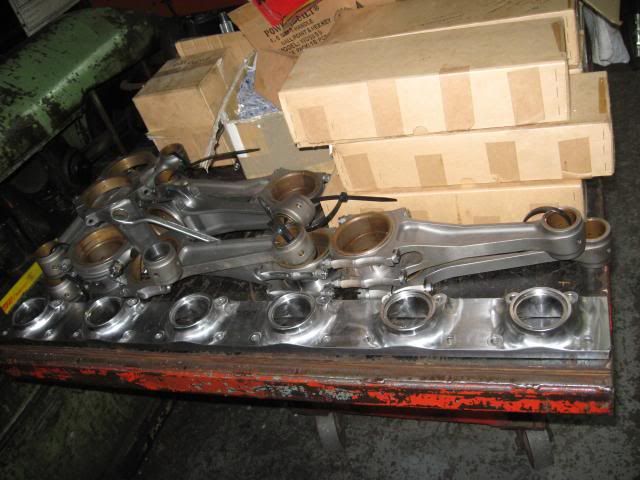
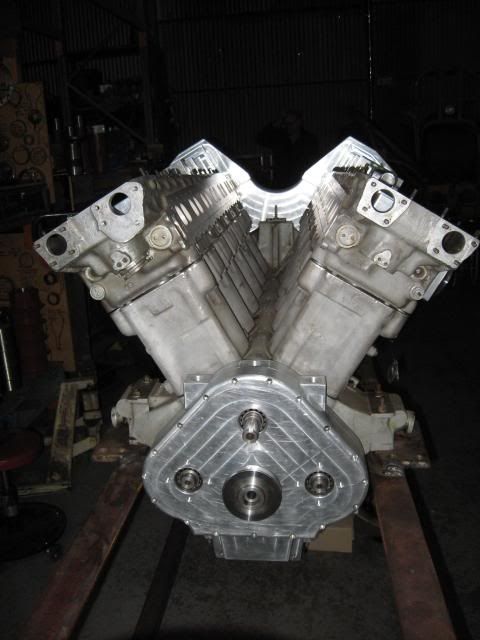
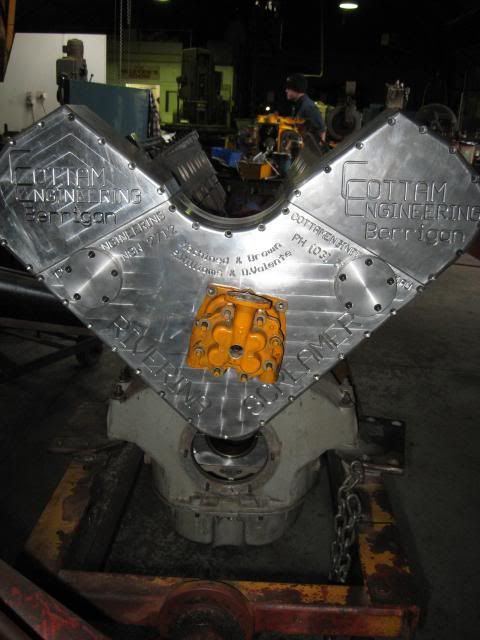

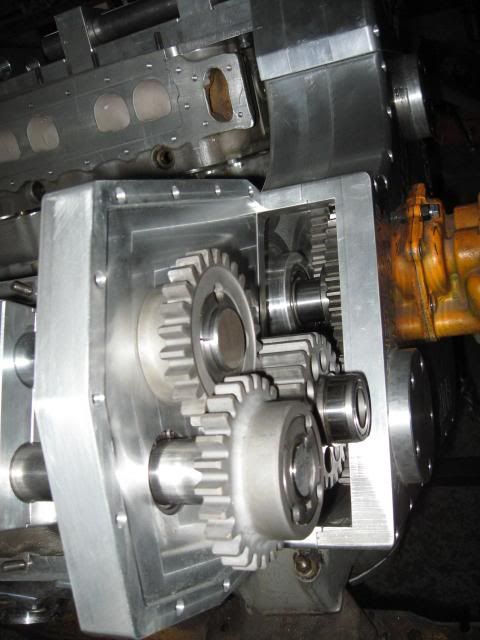

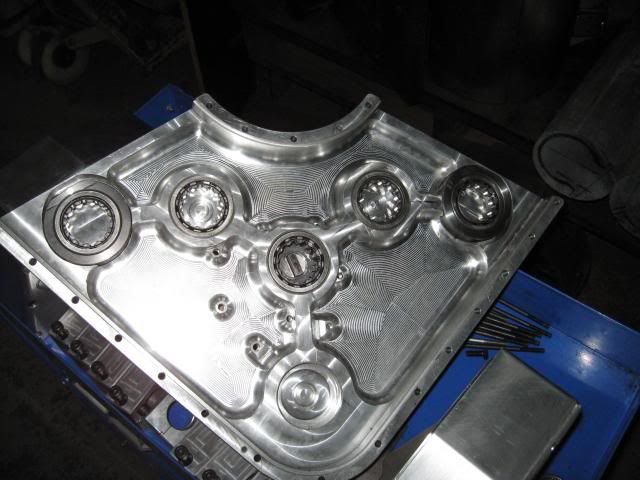
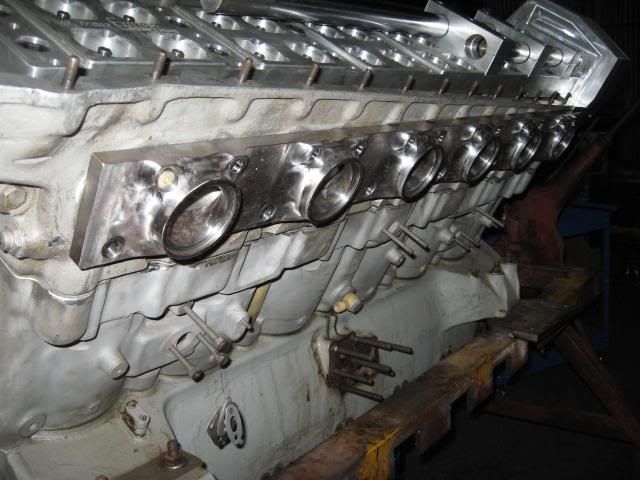
Comment